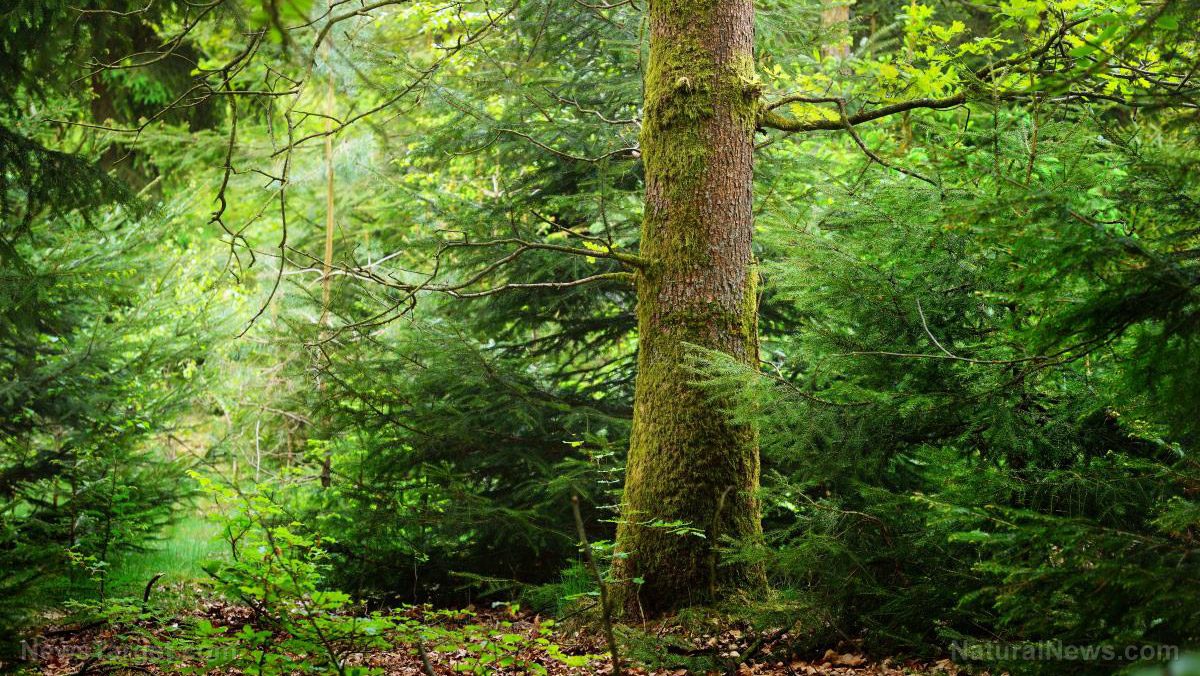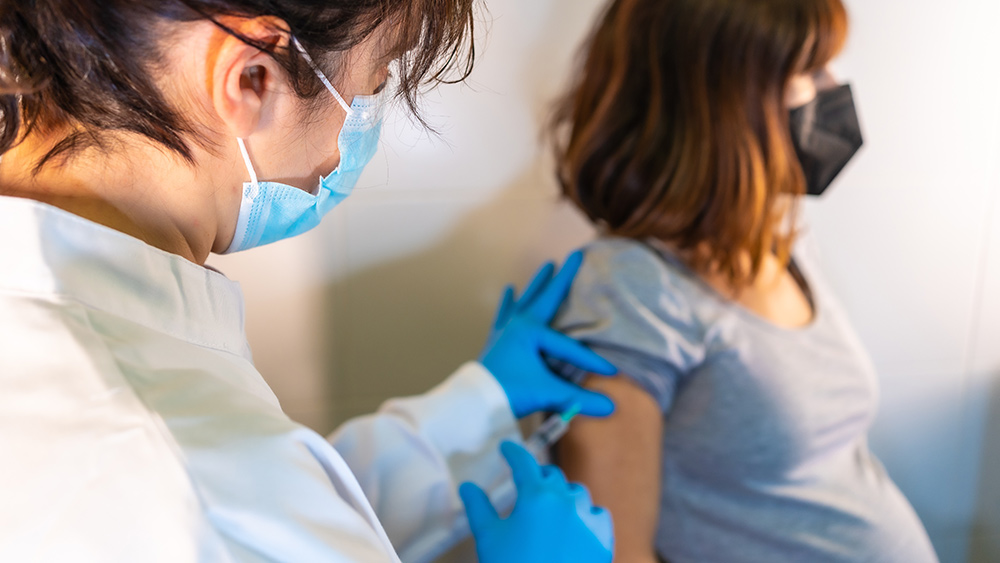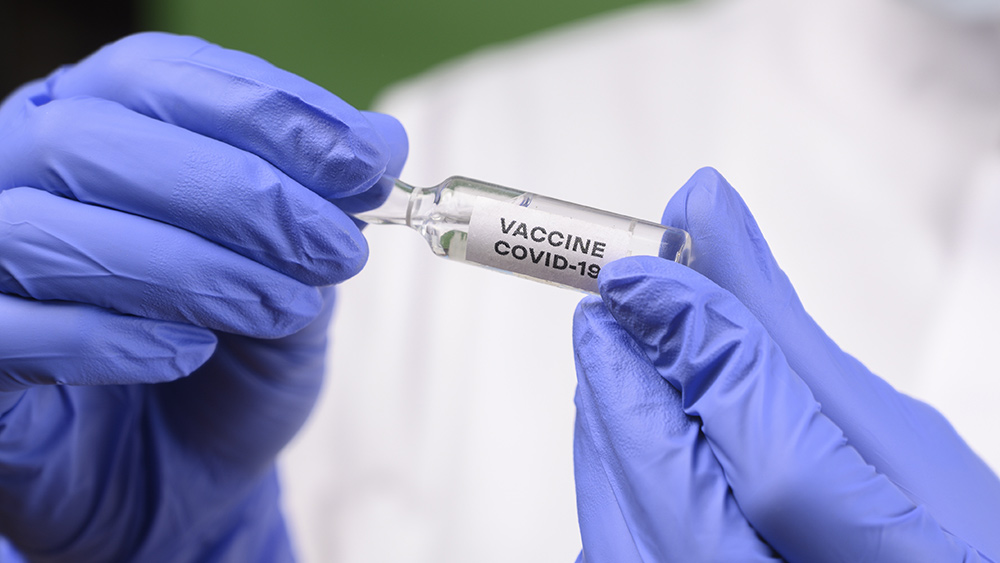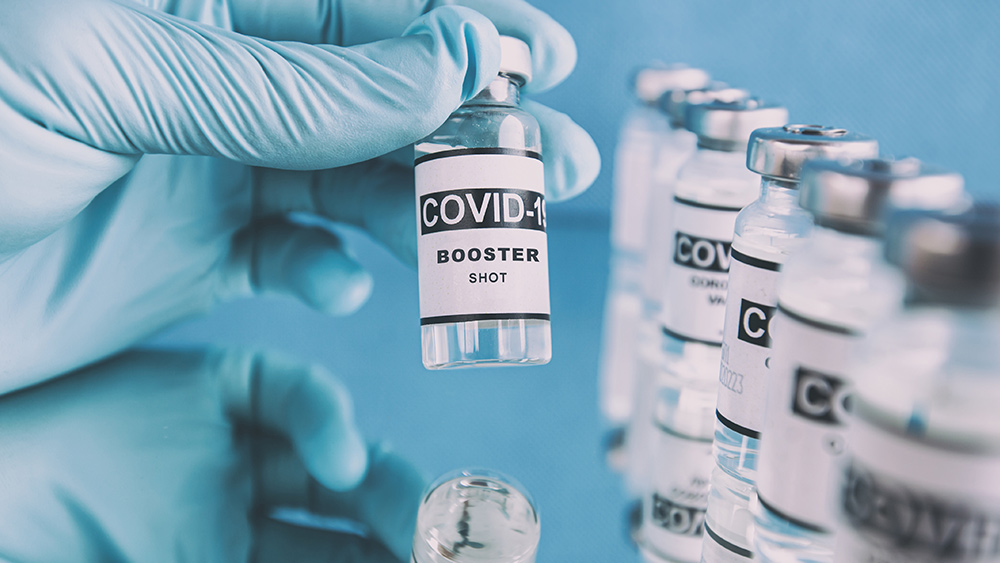Scientists study Canadian medicinal plants to explore natural cures for diabetes
12/23/2018 / By RJ Jhonson

Diabetes is a complex disease that leads to a wide variety of complications, one of the most common of which is diabetic nephropathy (DN) or kidney damage. A team of researchers from Canada sought to identify natural extracts, found in the eastern James Bay area, with potent anti-apoptotic properties that can prevent kidney cell death characteristic of DN. Their study was published in BMC Complementary and Alternative Medicine.
When it was first recorded in ancient Egypt, diabetes was considered mainly a rare disease. Today, it has exploded into a worldwide epidemic, with about 422 million sufferers on the planet in 2014. The prevalence of the disease is known to be spreading steadily, particularly in mid- to low-income countries.
One of the most dangerous complications of diabetes is DN, which is usually a precursor to kidney failure when left unaddressed. It is just one of the many results of the abnormal apoptotic process that occurs as a result of diabetes.
Apoptosis or cellular death is a natural process that’s essential to the continued balance of the human body. Because of it, old, dysfunctional cells are replaced by new ones. A proof of its importance is how its absence can cause the development of severe diseases, such as cancer.
But as with everything, too much apoptosis is hardly a good thing. In diabetes, the cells go through apoptosis at an abnormal rate. It usually starts with the death of the pancreatic beta cells, the cells responsible for producing the hormone insulin. The insufficiency in insulin results in a jump in blood glucose levels, which leads to more cellular death. Apart from kidney cells, those in the liver and the nervous system are also at a considerable risk.

DN is one of the most common offshoots of diabetes among the people of the Cree nation in Canada, according to the study’s authors. This has prompted them to look into potential natural treatments that are readily available in the area. They compiled a list of 17 plant species:
- Balsam fir – Abies balsamea (L.) Mill.
- Speckled alder – Alnus incana subsp. rugosa (Du Roi) R.T. Clausen
- Creeping snowberry – Gaultheria hispidula (L.) Muhl.
- Ground juniper – Juniperus communis L.
- Sheep Laurel – Kalmia angustifolia L.
- Tamarack – Larix laricina Du Roi (K. Koch)
- Common clubmoss – Lycopodium clavatum L.
- White spruce – Picea glauca (Moench) Voss
- Black spruce – Picea mariana (P. Mill.) BSP
- Jack pine – Pinus banksiana Lamb.
- Balsam poplar – Populus balsamifera L.
- Labrador tea – Rhododendron groenlandicum (Oeder) Kron and Judd
- Northern Labrador tea – Rhododendron tomentosum (Stokes) Harmaja subsp. subarcticum (Harmaja) G. Wallace
- Tealeaf willow – Salix planifolia Pursh
- Pitcher plant – Sarracenia purpurea L.
- Showy mountain ash – Sorbus decora (Sarg.) C.K. Schneid.
- Mountain cranberry – Vaccinium vitis-idaea L.
Extracts were obtained from specific parts of the different plants. The researchers then took cultures of Madin-Darby Canine Kidney (MDCK) cells, which are cells from a cocker spaniel that are used for biological studies involving the kidneys. They induced damage on the MDCK cells by the administration of a hypertonic medium. This particular step was performed in the presence or absence of each of the 17 plant extracts’ maximal nontoxic concentrations. After 18 hours of treatment, the cells were examined to determine the cytoprotective and anti-apoptotic effects of the extracts. The researchers then looked at the effect of the treatment on the activity of caspases-3, -8, and -9, all of which play an important role in apoptosis.
After the test, the researchers identified Gaultheria hispidula and Abies balsamea as having the most potent cytoprotective and anti-apoptotic effects. The said extracts prevented apoptosis by blocking the activity of caspase-9 in the mitochondrial apoptotic signaling pathway. (Related: An apple a day can help prevent diabetes.)
For more information on natural treatments for diabetes complications, visit DiabetesScienceNews.com.
Sources include:
BMCComplementAlternMed.BioMedCentral.com
Submit a correction >>
Tagged Under:
alternative medicine, Cures, diabetes, diabetes prevention, Diabetic nephropathy, herbal medicine, Herbs, kidney failure, medicinal plants, natural cures, natural medicine, Naturopathy, remedies, research
This article may contain statements that reflect the opinion of the author





















